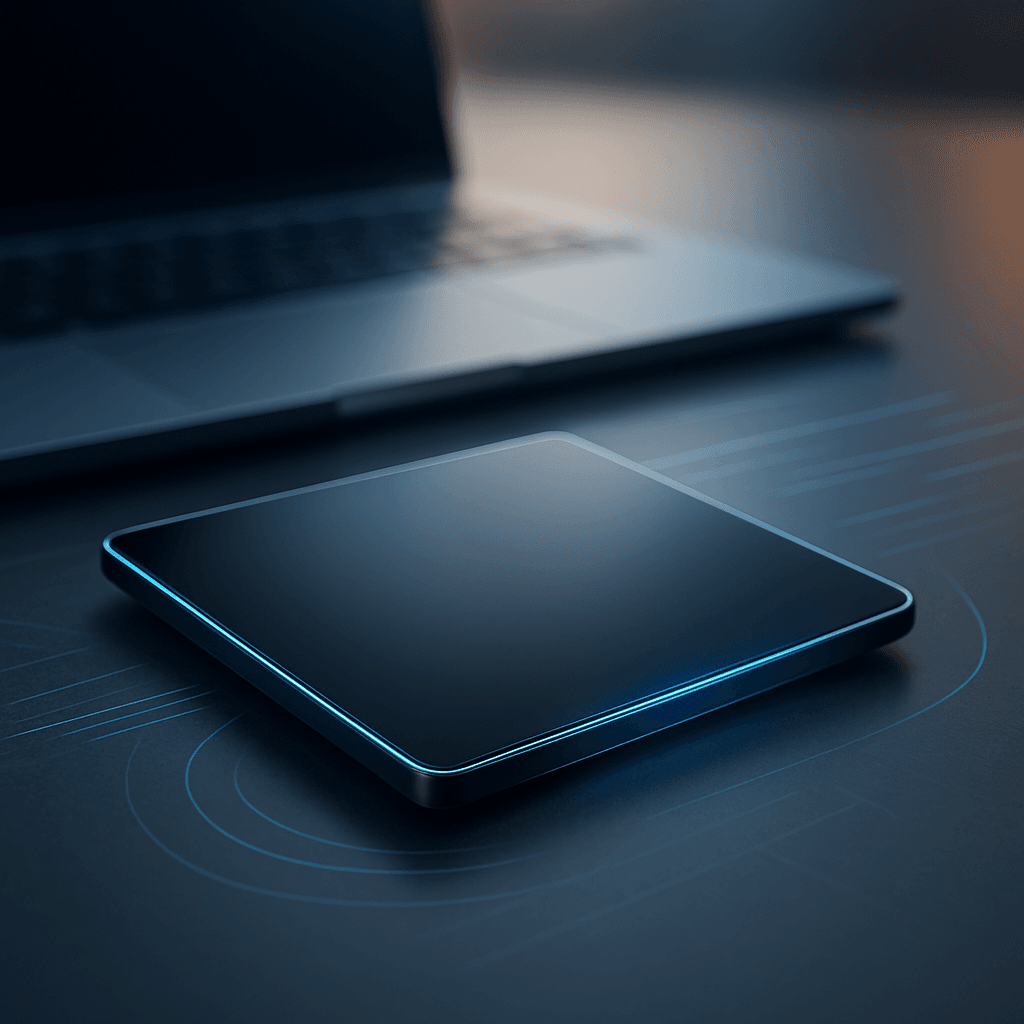Hyper just threw down the gauntlet against Apple's trackpad dominance. The company's HyperSpace Trackpad Pro launches today on Kickstarter with a bold claim - it's actually better than the Magic Trackpad 2. After hands-on testing, WIRED's Luke Larsen found the $150 device delivers on precision but struggles with software complexity that could frustrate everyday users.
Windows users have been stuck with subpar trackpad options for years while Mac users enjoyed Apple's polished Magic Trackpad experience. That changes today as Hyper launches its HyperSpace Trackpad Pro on Kickstarter, promising to not just match Apple's hardware but surpass it entirely.
The $150 device immediately impresses with its premium CNC metal construction that mirrors Apple's Space Gray aesthetic. Dark silver sides frame a black glass surface that feels every bit as premium as Apple's offering. USB-C charging, Bluetooth connectivity, and the same compact footprint complete the familiar package.
But it's the performance specs that reveal Hyper's ambitions. The HyperSpace delivers a 240Hz polling rate that matches Apple's trackpad while supporting the same multi-finger gestures Windows users have been missing. During testing, WIRED's Luke Larsen found the basic navigation experience indistinguishable from Apple's hardware.
The real differentiation comes through Hyper's Hydra Connect software, which introduces "Deep Click" pressure sensitivity that transforms the entire surface into a customizable control interface. Light pressure registers standard clicks, while firm pressure triggers secondary functions like right-click menus or custom app commands.
Hyper extends this concept with "Action Zones" along the trackpad's edges that can be programmed for specific functions within apps like Chrome, Adobe Premiere Pro, or Figma. Power users can create complex workflows that replace keyboard shortcuts entirely - assuming they're willing to invest the time.
That's where the HyperSpace stumbles. Larsen's initial experience was frustrating enough that he suspected a defective unit. The Deep Click mechanism requires precise pressure calibration through software settings that aren't intuitive out of the box. Even after adjustment, accidental deep clicks during drag operations remained problematic.
The software itself feels unfinished. Action setup involves scrolling through lengthy, poorly organized lists where app-specific functions aren't clearly labeled. Some features like the Hydra Connect menu still display "coming soon" placeholders. Mac compatibility exists on paper but failed entirely during testing.












